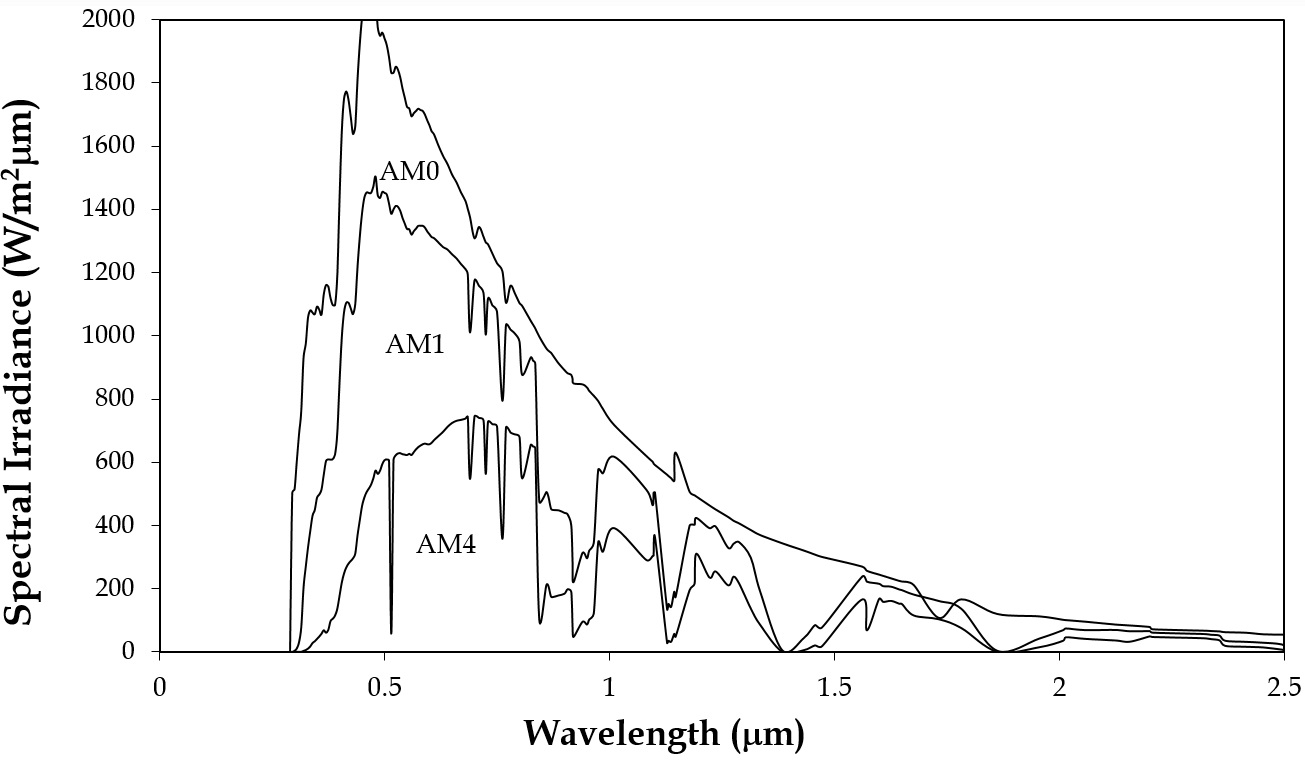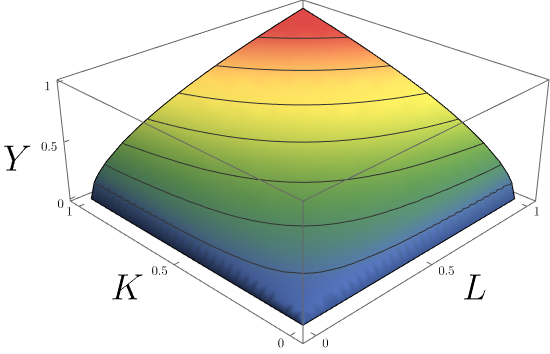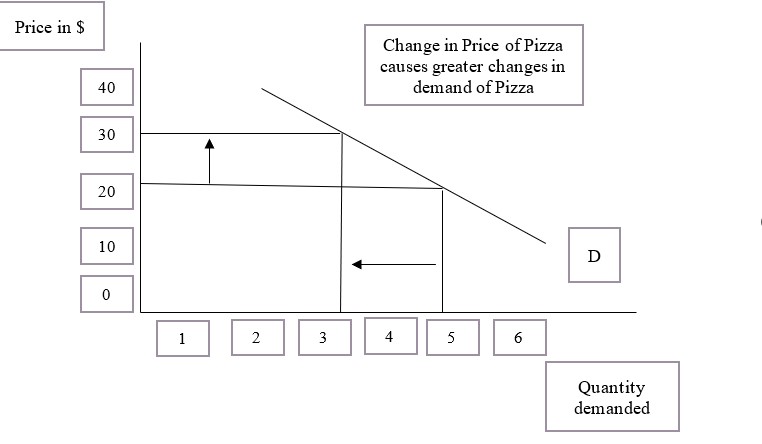|
Reiner Kümmel
Reiner Kümmel (born 9 July 1939 in Fulda) is a German physicist specialised in solid-state physics, thermodynamics and econophysics. Scientific career Reiner Kümmel studied physics and mathematics at TH Darmstadt from 1959 to 1964. He received a scholarship from the Cusanuswerk and completed his doctorate on superconductivity at Frankfurt University in 1968, where he also habilitated in theoretical physics in 1973. During his doctorate and habilitation, he also conducted research abroad, such as from 1965 to 1967 as a research assistant under the two-time Nobel Prize winner in physics John Bardeen at the University of Illinois at Urbana-Champaign. From 1970 to 1972, he worked in Colombia at the Universidad del Valle in Cali, where he helped to set up a master's programme in physics on a DAAD scholarship, which served to develop the next generation of academics. During this time, he focussed on thermodynamics. In 1974, he took up a professorship for theoretical physics i ... [...More Info...] [...Related Items...] OR: [Wikipedia] [Google] [Baidu] |
University Of Würzburg
The Julius Maximilian University of Würzburg (also referred to as the University of Würzburg, in German ''Julius-Maximilians-Universität Würzburg'') is a public research university in Würzburg, Germany. Founded in 1402, it is one of the oldest institutions of higher learning in Germany. The university initially had a brief run and was closed in 1415. It was reopened in 1582 on the initiative of Julius Echter von Mespelbrunn. Today, the university is named for Julius Echter von Mespelbrunn and Maximilian Joseph. The University of Würzburg is part of the U15 group of research-intensive German universities. The university is also a member of the Coimbra Group. In the winter semester 2022/2023, 26,787 students were enrolled, of which 16,351 were women and 3,250 were first semester university students. The University is associated with 14 Nobel laureates. Name Its official name is Julius-Maximilians-Universität Würzburg (or "Julius-Maximilian University of Würzburg") b ... [...More Info...] [...Related Items...] OR: [Wikipedia] [Google] [Baidu] |
Robert Ayres (scientist)
Robert Underwood Ayres (June 29, 1932 – October 23, 2023) was an American-born physicist and economist. His career focused on the application of physical ideas, especially the laws of thermodynamics, to economics; a long-standing pioneering interest in material flows and transformations (industrial ecology or industrial metabolism)—a concept which he originated. His most recent work challenged the widely held economic theory of growth. Life and career Robert Underwood Ayres was born in Plainfield, New Jersey, on June 29, 1932. Trained as a physicist at the University of Chicago, University of Maryland, and King's College London (PhD in Mathematical Physics), Ayres dedicated his professional life to advancing the environment, technology and resource end of the sustainability agenda. His major research interests included technological change, environmental economics, "industrial metabolism" and " eco-restructuring". He worked at the Hudson Institute (1962–67), Resources fo ... [...More Info...] [...Related Items...] OR: [Wikipedia] [Google] [Baidu] |
Useful Work
Exergy, often referred to as "available energy" or "useful work potential", is a fundamental concept in the field of thermodynamics and engineering. It plays a crucial role in understanding and quantifying the quality of energy within a system and its potential to perform useful work. Exergy analysis has widespread applications in various fields, including energy engineering, environmental science, and industrial processes. From a scientific and engineering perspective, second-law-based exergy analysis is valuable because it provides a number of benefits over energy analysis alone. These benefits include the basis for determining energy quality (or exergy content), enhancing the understanding of fundamental physical phenomena, and improving design, performance evaluation and optimization efforts. In thermodynamics, the exergy of a system is the maximum useful work that can be produced as the system is brought into equilibrium with its environment by an ideal process. The specificat ... [...More Info...] [...Related Items...] OR: [Wikipedia] [Google] [Baidu] |
Cobb–Douglas Production Function
In economics and econometrics, the Cobb–Douglas production function is a particular functional form of the production function, widely used to represent the technological relationship between the amounts of two or more inputs (particularly physical capital and labor) and the amount of output that can be produced by those inputs. The Cobb–Douglas form was developed and tested against statistical evidence by Charles Cobb and Paul Douglas between 1927 and 1947; according to Douglas, the functional form itself was developed earlier by Philip Wicksteed. Formulation In its most standard form for production of a single good with two factors, the function is given by: : Y(L,K)=AL^\beta K^\alpha where: * ''Y'' = total production (the real value of all goods produced in a year or 365.25 days) * ''L'' = labour input (person-hours worked in a year or 365.25 days) * ''K'' = capital input (a measure of all machinery, equipment, and buildings; the value of capital input divided by t ... [...More Info...] [...Related Items...] OR: [Wikipedia] [Google] [Baidu] |
Factors Of Production
In economics, factors of production, resources, or inputs are what is used in the production process to produce output—that is, goods and services. The utilised amounts of the various inputs determine the quantity of output according to the relationship called the production function. There are four ''basic'' resources or factors of production: land, labour, capital and entrepreneur (or enterprise). The factors are also frequently labeled "producer goods or services" to distinguish them from the goods or services purchased by consumers, which are frequently labeled "consumer goods". There are two types of factors: ''primary'' and ''secondary''. The previously mentioned primary factors are land, labour and capital. Materials and energy are considered secondary factors in classical economics because they are obtained from land, labour, and capital. The primary factors facilitate production but neither become part of the product (as with raw materials) nor become significantly tran ... [...More Info...] [...Related Items...] OR: [Wikipedia] [Google] [Baidu] |
National Statistics
The following is a list of national and international statistical services. Central national statistical services Nearly every country in the world has set a central public sector unit entirely devoted to the production, harmonisation and dissemination of official statistics that the public sector and the national community need to run, monitor and evaluate their operations and policies. This central statistical organisation does not produce every official statistic as other public sector organisations, like the national central bank or ministries in charge of agriculture, education or health, may be charged with producing and disseminating sector policy oriented statistical data. The statistical legislation and regulation generally attribute responsibilities and authorities according to statistical domains or functions in addition to those of the central unit. The table below lists these central statistical organisations by country. The United States has no central producing unit, ... [...More Info...] [...Related Items...] OR: [Wikipedia] [Google] [Baidu] |
National Accounts
National accounts or national account systems (NAS) are the implementation of complete and consistent accounting Scientific technique, techniques for measuring the economic activity of a nation. These include detailed underlying measures that rely on double-entry accounting. By design, such accounting makes the totals on both sides of an account equal even though they each measure different characteristics, for example production and the income from it. As a methodology, method, the subject is termed national accounting or, more generally, social accounting.Nancy D. Ruggles, 1987. "social accounting," ''The New Palgrave: A Dictionary of Economics'', v. 4, pp. 377–82. Stated otherwise, national accounts as ''systems'' may be distinguished from the economic data associated with those systems. While sharing many common principles with business accounting, national accounts are based on economic concepts. One conceptual construct for representing flows of all economic transacti ... [...More Info...] [...Related Items...] OR: [Wikipedia] [Google] [Baidu] |
Elasticity (economics)
In economics, elasticity measures the responsiveness of one economic variable to a change in another. For example, if the price elasticity of the demand of a good is −2, then a 10% increase in price will cause the quantity demanded to fall by 20%. Elasticity in economics provides an understanding of changes in the behavior of the buyers and sellers with price changes. There are two types of elasticity for demand and supply, one is inelastic demand and supply and the other one is elastic demand and supply. Introduction The concept of price elasticity was first cited in an informal form in the book ''Principles of Economics (Marshall book), Principles of Economics'' published by the author Alfred Marshall in 1890. Subsequently, a major study of the price elasticity of supply and the price elasticity of demand for US products was undertaken by Joshua Levy and Trevor Pollock in the late 1960s. Elasticity is an important concept in neoclassical economic theory, and enables in ... [...More Info...] [...Related Items...] OR: [Wikipedia] [Google] [Baidu] |
Deutsche Physikalische Gesellschaft
The German Physical Society (German: , DPG) is the oldest organisation of physicists. As of 2022, the DPG's worldwide membership is cited as 52,220, making it one of the largest national physics societies in the world. The DPG's membership peaked in 2014 when it reached 63,000, but it has been decreasing since then. It holds an annual conference () and multiple spring conferences (), which are held at various locations and along topical subjects of given sections of the DPG. The DPG concerns the fields of pure and applied physics and aims to foster connections among German physicists, as well as the exchange of ideas between its members and foreign colleagues. The bylaws of the DPG commit the organization and its members to maintain scientific integrity and ethics, including freedom, tolerance, truthfulness, and dignity in scientific work, as well as the promotion of gender equality in the fields of physics and related sciences. Conferences The DPG itself does not carry out any r ... [...More Info...] [...Related Items...] OR: [Wikipedia] [Google] [Baidu] |
Mesoscopic Physics
Mesoscopic physics is a subdiscipline of condensed matter physics that deals with materials of an intermediate size. These materials range in size between the nanoscale for a quantity of atoms (such as a molecule) and of materials measuring micrometres. The lower limit can also be defined as being the size of individual atoms. At the microscopic scale are bulk materials. Both mesoscopic and macroscopic objects contain many atoms. Whereas average properties derived from constituent materials describe macroscopic objects, as they usually obey the laws of classical mechanics, a mesoscopic object, by contrast, is affected by thermal fluctuations around the average, and its electronic behavior may require modeling at the level of quantum mechanics. A macroscopic electronic device, when scaled down to a meso-size, starts revealing quantum mechanical properties. For example, at the macroscopic level the conductance of a wire increases continuously with its diameter. However, at the me ... [...More Info...] [...Related Items...] OR: [Wikipedia] [Google] [Baidu] |


